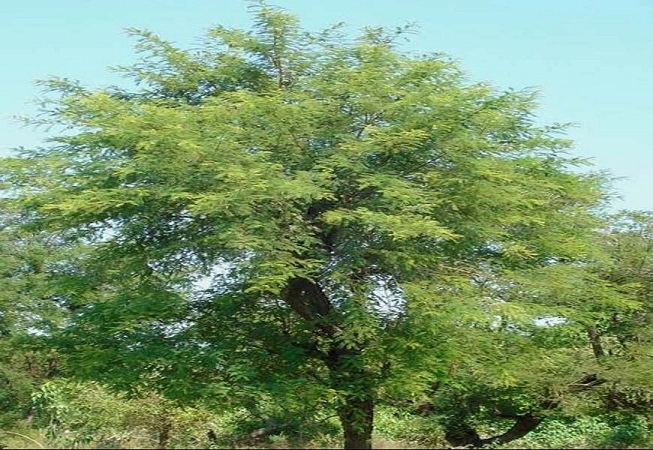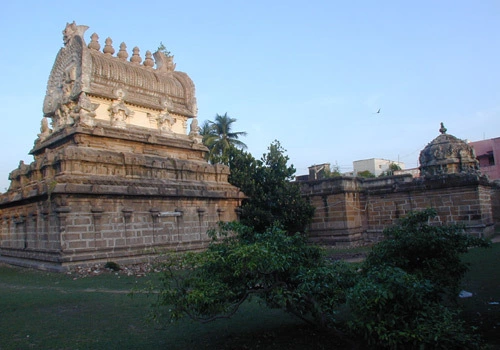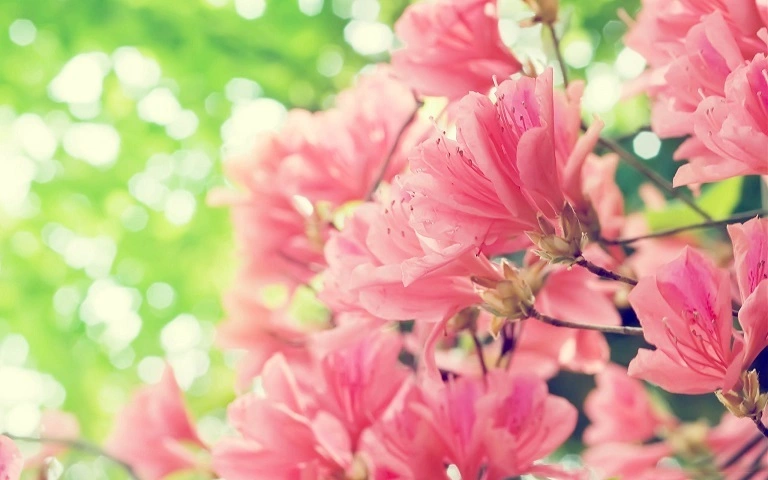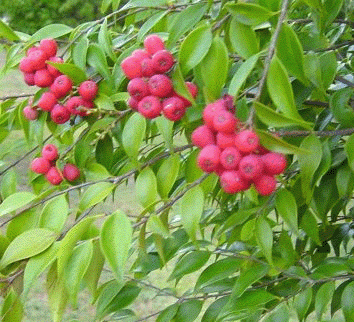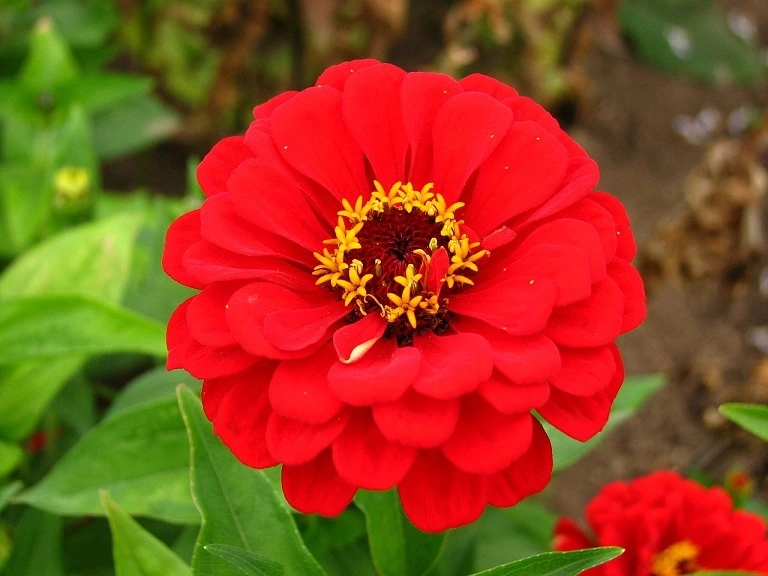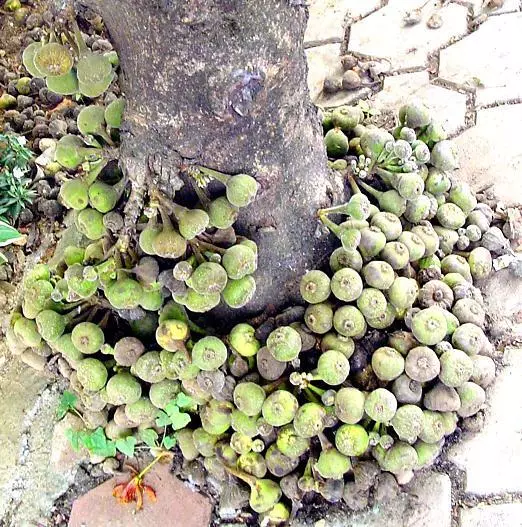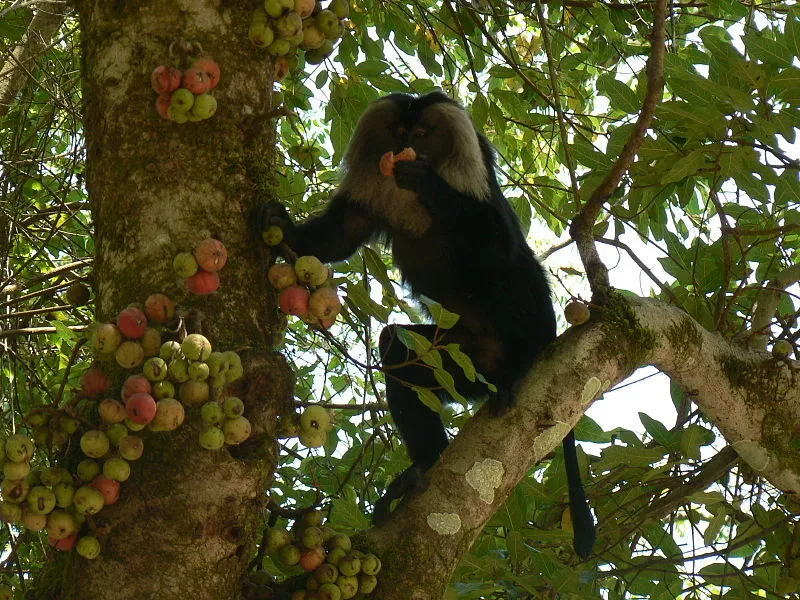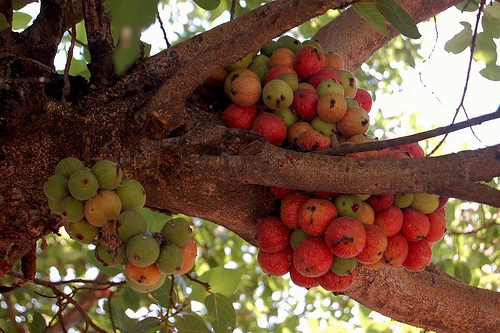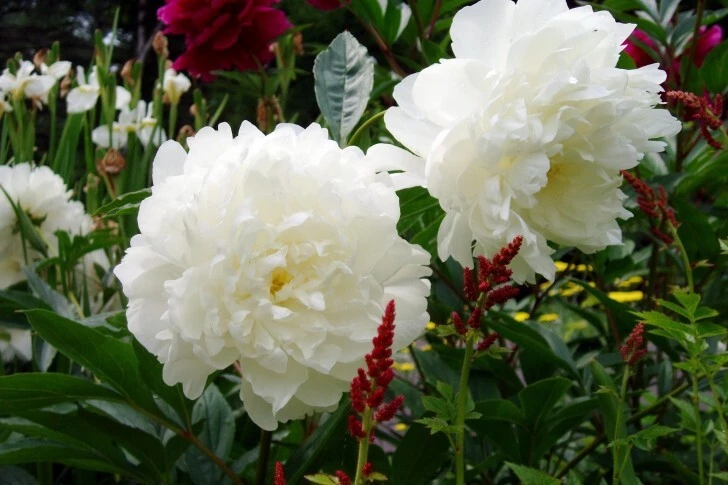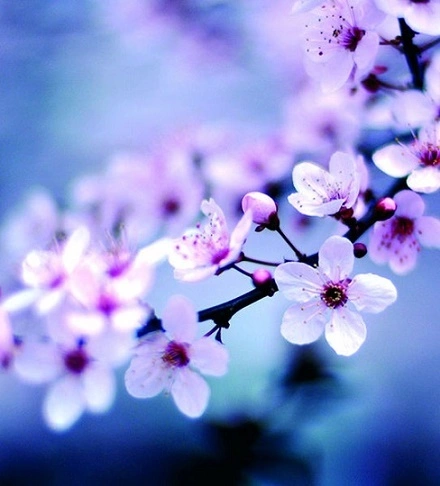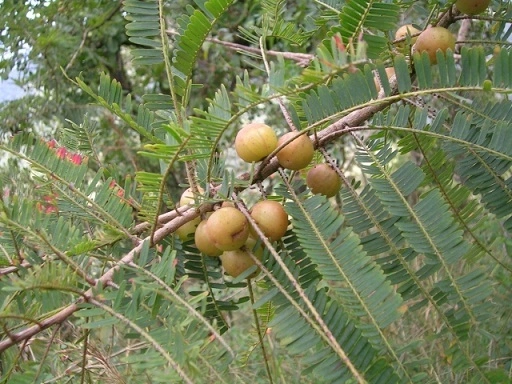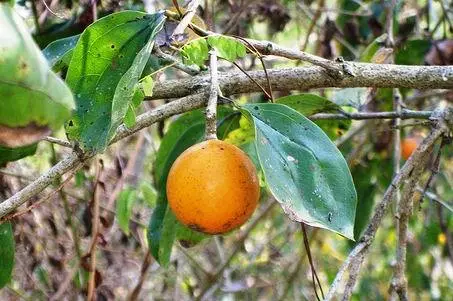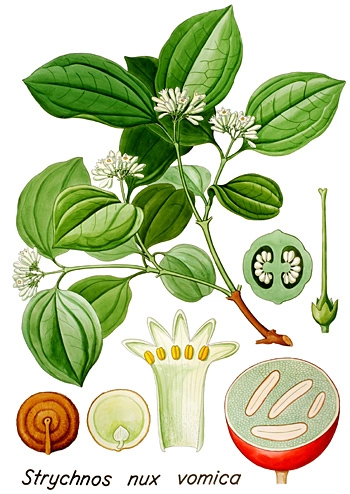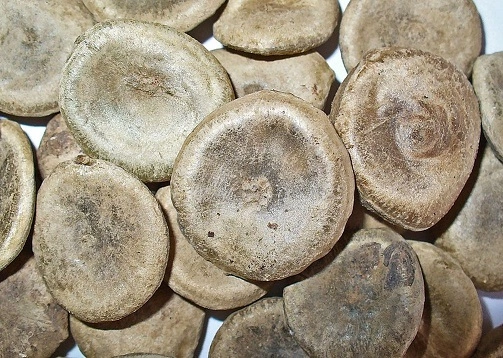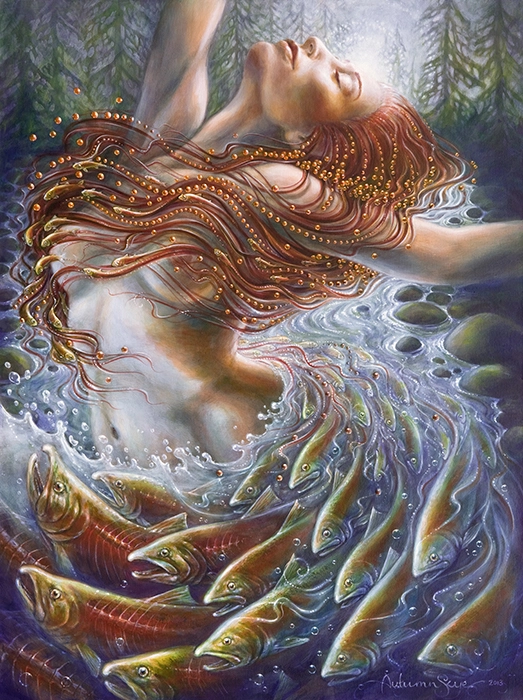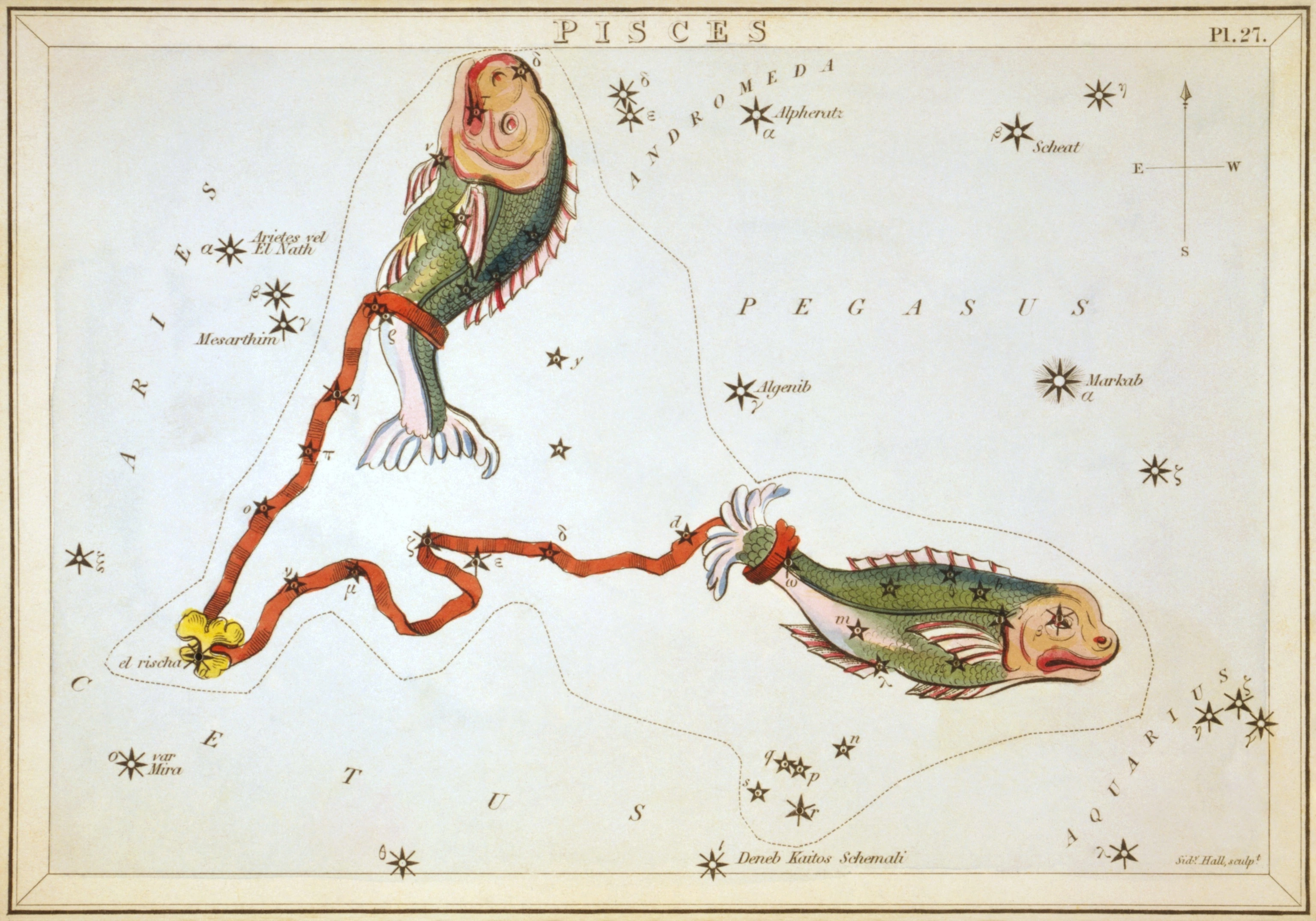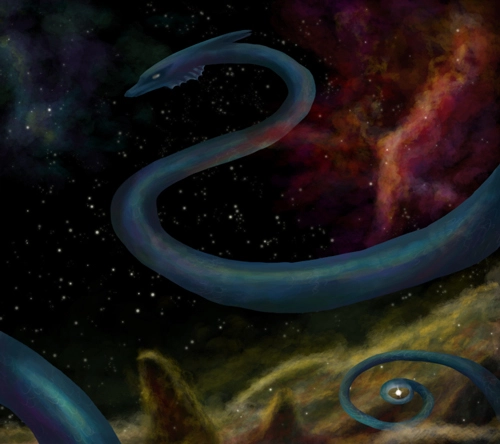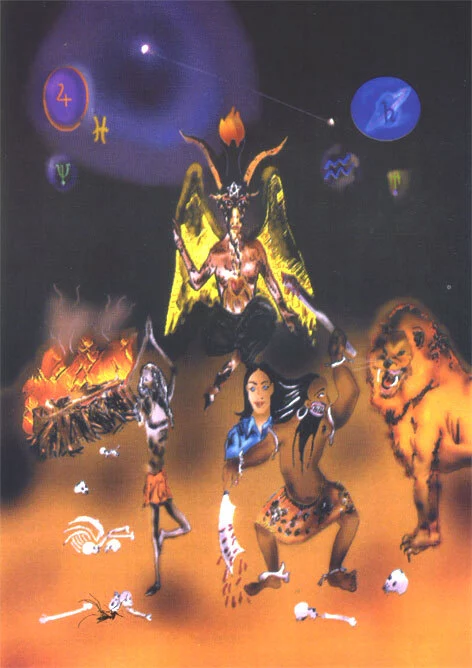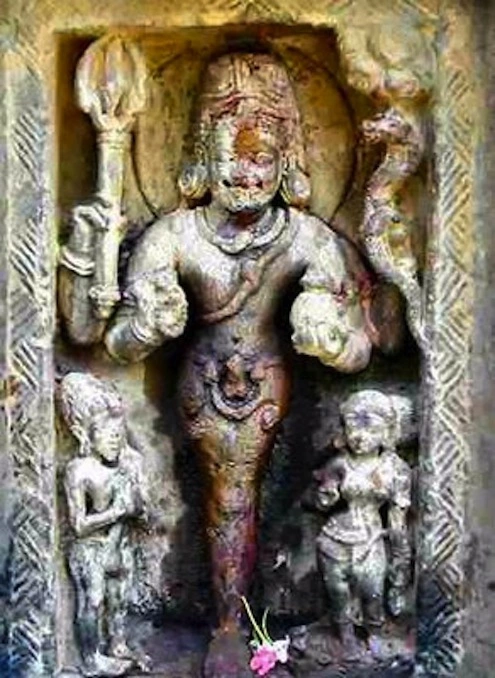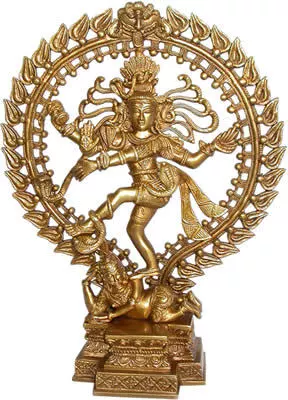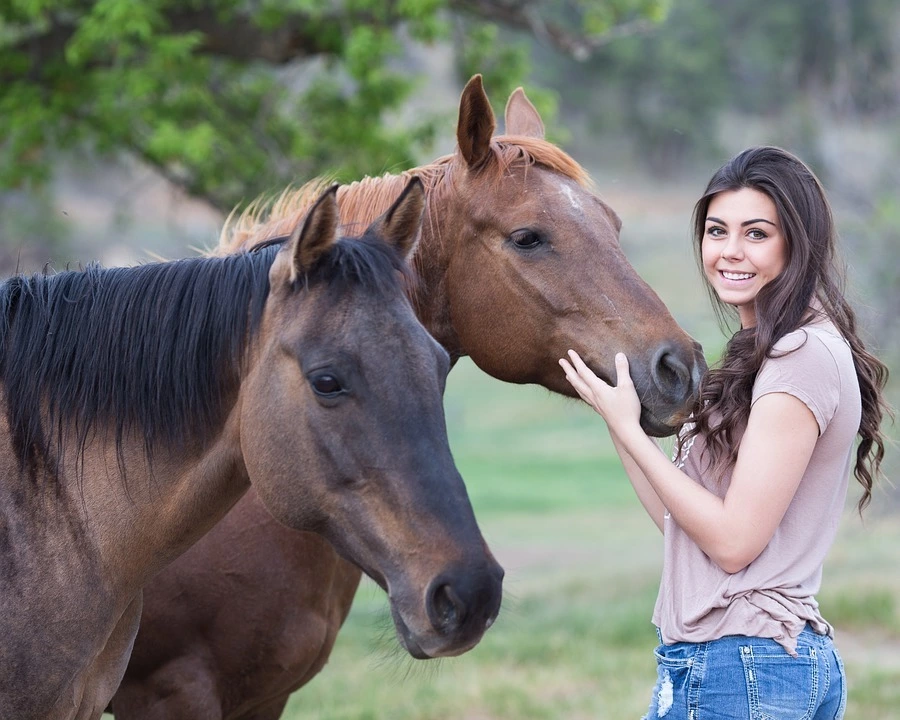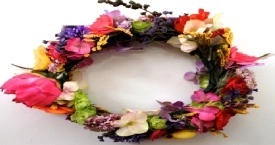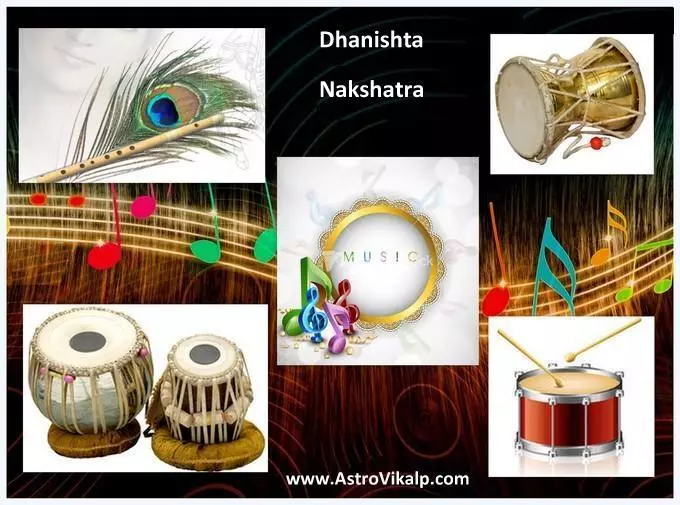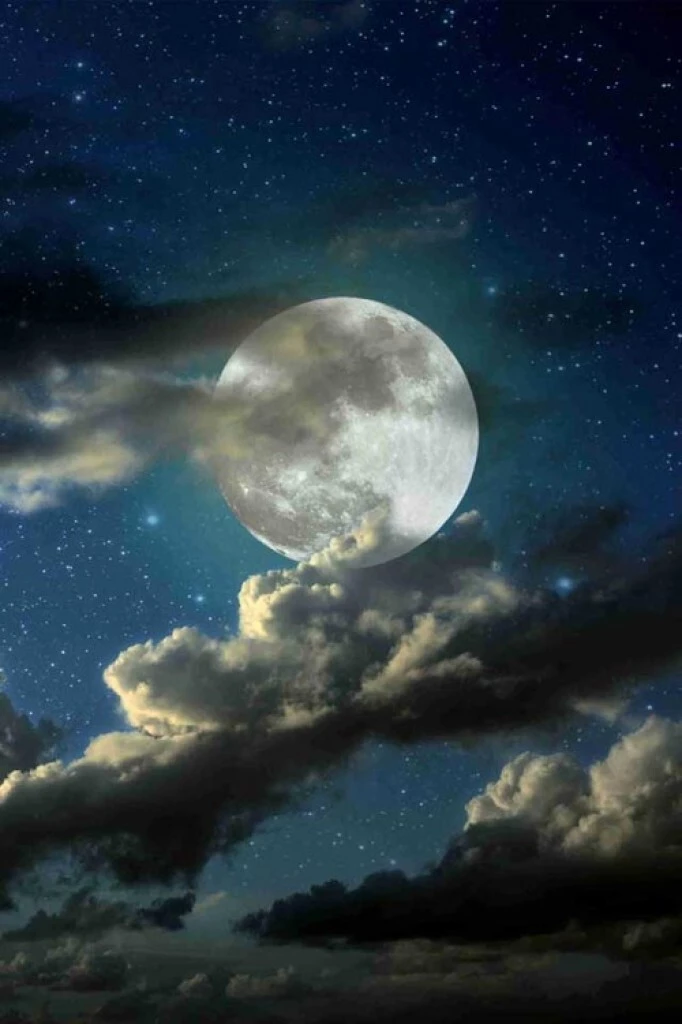
#Mrigashira / #Mrigashirsha (மிருகசீரிஷம்): The #Passionate
Placement: 23° 20’ of Taurus to 06° 40’ of Gemini
Element: #Earth (Bhumi)
Pushkara Navamsha/Bhaga: NA
Mrigashira #nakshatra consists of four stars and is located in the #Orion #constellation. Its name is derived from two Sanskrit words: Mriga meaning ‘deer’ and Shira meaning ‘head’.
Symbol: The symbol of Mrigashira is a deer’s head. Deer are known for their large antlers, which were once a symbol of pride in ancient royal societies. These animals possess a gentle, beautiful, and agile nature, making them one of the most challenging targets to hunt in the jungle due to their keen senses and elusive nature. In some ancient cultures, the antlers of deer were used to make medicines and musical instruments, while their mystical qualities have been associated with intuition, psychic abilities, and mysticism. Male deer are known to engage in fights that can last for hours to prove their strength to a female, making them a symbol of romance but not very active sexually. Observing a deer carefully can reveal much about the qualities of this nakshatra.
Mrigashira, Anuradha, and Jyeshta are three nakshatras in the zodiac belt that are associated with deers. Mrigashira is symbolized by a deer's head, while Anuradha and Jyeshta are depicted with deer as their animal symbol.
The symbol of Mrigashira nakshatra is not only the deer's head, but also Soma. Soma is a drink associated with this nakshatra, known as the "drink of the gods" or Jeeva rasa. It is believed to have both pleasurable and medicinal properties, similar to medical marijuana. Interestingly, Soma is also another name for the planet Chandra (Moon).
Deity: The deity of Mrigashira nakshatra is #Soma, also known as #Chandra ( #Moon). However, due to #Mars ' rulership, the tamasic qualities of the Moon are more prominent in this nakshatra. Some Vedic texts also associate Goddess Parvati as a deity of Mrigashira nakshatra. Parvati is considered the creator and sustainer of the universe and is worshipped as the Supreme Mother in Vedic culture. Together, Moon and Parvati represent the motherly nature in a tamasic way. As Mars is wild and tamasic, the energy of the mother takes a wild turn if necessary, from being soft and gentle. In Puranas, Parvati underwent severe penance for many years to marry Lord Shiva, enduring both inner and outer battles.
Animal: The animal associated with Mrigashira nakshatra is the #female #Cobra. #Snakes, like deer, are mystical animals and have connections with shamans, mystics, and healers. To gain a deeper understanding of the significance of snakes in this context, you can read about the animal association of Rohini nakshatra.
Ruler: Mars ( #Mangal), Mars (Mangal) is the ruling planet of Mrigashira nakshatra, which is a tamasic graha (planet) known for its passionate and ardent nature. Being the first nakshatra ruled by Mars, Mrigashira exhibits the young, vibrant, and somewhat excessive energy associated with this planet.
Guna: This nakshatra has a #rajasic nature and represents the continuous expression of creativity and passion that can attract and motivate others.
Power: The power associated with Mrigashira nakshatra is "Prinana #Shakti", which refers to the ability to bring happiness and satisfaction to oneself and others.
General attributes: Individuals born under the influence of Mrigashira nakshatra may exhibit characteristics that are both elusive and mystical, similar to a snake or a deer. They may have a nurturing and nourishing quality like that of a mother, providing joy and #fulfillment to others. However, they may spend a considerable amount of time searching or fighting for something rather than enjoying it. They have the potential to dedicate themselves to a higher cause and inspire others but may also be easily distracted and change direction frequently. This nakshatra represents a mix of energies, both soft and hard, and finding a balance is essential to understanding its true nature. It is important to note that these are general qualities, and each individual may exhibit them differently.
https://www.milkywayastrology.com/post/mrigashira

